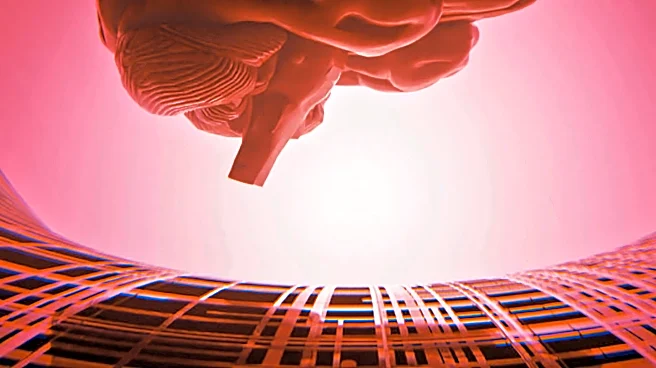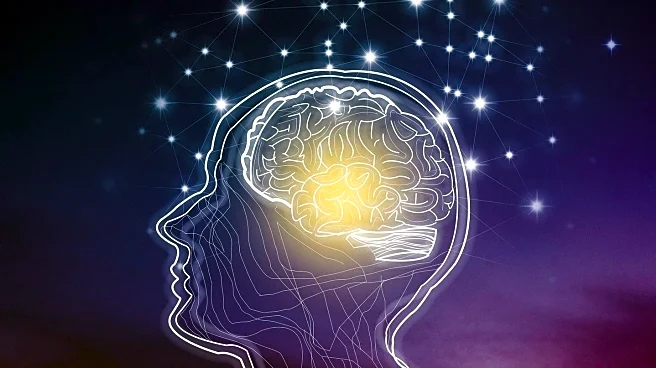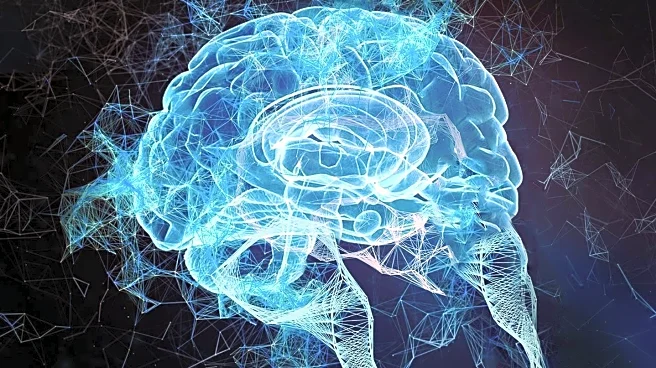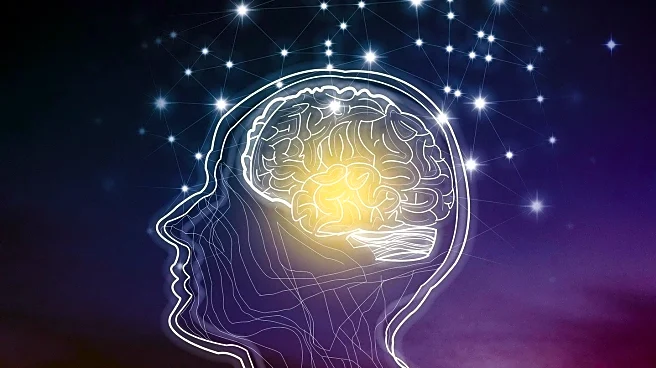What is the story about?
What's Happening?
A recent study has identified a specific brain region, area 46 in the marmoset dorsolateral prefrontal cortex, as a key regulator of mood-related behaviors. Researchers found that inactivation of this area led to reduced reward-seeking behavior and increased sensitivity to threats, which are symptoms associated with depression and anxiety. The study also discovered a functional network connecting areas 46, 32, and 25, which helps counterbalance these effects, but only in the left hemisphere. These findings provide insights into how brain circuits influence motivation and emotion, potentially informing targeted treatments using ketamine or non-invasive brain stimulation.
Why It's Important?
Understanding the brain circuits involved in mood regulation is crucial for developing effective treatments for depression and anxiety, which are prevalent mental health disorders. The identification of area 46 and its associated network offers a potential target for therapies aimed at alleviating these conditions. The study's insights into the mechanisms of ketamine and brain stimulation therapies could lead to more personalized and effective treatment strategies, improving outcomes for individuals with treatment-resistant depression and anxiety.
What's Next?
Further research is needed to explore the therapeutic potential of targeting area 46 and its network in humans. Clinical trials may be conducted to assess the efficacy of ketamine and brain stimulation therapies in modulating this brain circuit. Additionally, the study's findings could prompt investigations into other brain regions and networks involved in mood regulation, potentially leading to new treatment approaches for mental health disorders.
Beyond the Headlines
The study highlights the importance of understanding the asymmetrical effects of brain circuits, as the identified network operates only in the left hemisphere. This could have implications for the development of therapies that consider hemispheric differences in brain function. Moreover, the research underscores the need for personalized treatment approaches that account for individual variations in brain circuitry and response to therapies.
AI Generated Content
Do you find this article useful?











